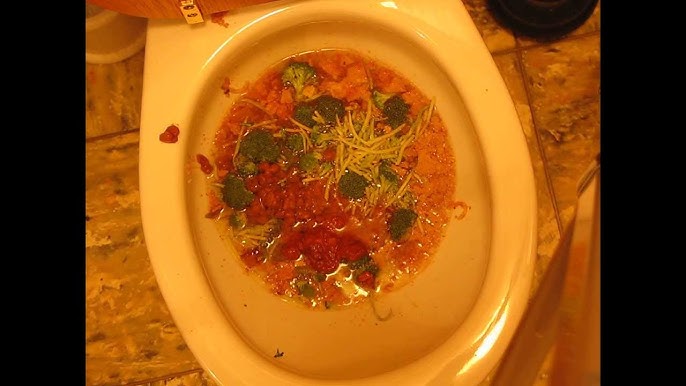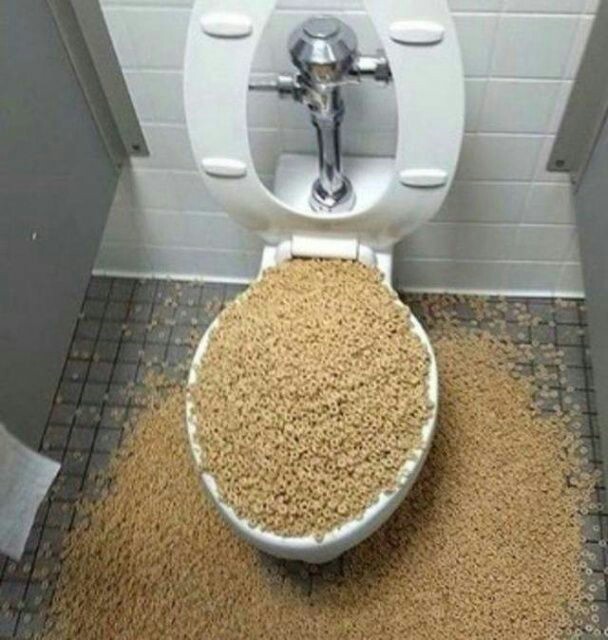Are You Permitted to Dispose of Food Waste in the Toilet?
Are You Permitted to Dispose of Food Waste in the Toilet?
Blog Article
How do you really feel in relation to Is it safe to flush food (especially rice) down the toilet??

Introduction
Lots of people are often confronted with the dilemma of what to do with food waste, especially when it involves leftovers or scraps. One typical concern that arises is whether it's alright to flush food down the commode. In this write-up, we'll explore the reasons why individuals might think about flushing food, the repercussions of doing so, and alternative techniques for correct disposal.
Reasons individuals may consider flushing food
Lack of recognition
Some people might not understand the prospective injury caused by purging food down the commode. They might mistakenly believe that it's a harmless practice.
Comfort
Flushing food down the toilet might seem like a quick and simple service to dealing with undesirable scraps, particularly when there's no nearby trash bin offered.
Laziness
In many cases, people may just choose to flush food out of large laziness, without considering the consequences of their activities.
Repercussions of flushing food down the toilet
Ecological effect
Food waste that ends up in rivers can contribute to pollution and damage marine environments. In addition, the water used to flush food can stress water sources.
Pipes concerns
Purging food can lead to stopped up pipes and drains, creating pricey plumbing repair services and hassles.
Kinds of food that must not be flushed
Fibrous foods
Foods with coarse appearances such as celery or corn husks can get tangled in pipelines and trigger clogs.
Starchy foods
Starchy foods like pasta and rice can absorb water and swell, resulting in clogs in pipelines.
Oils and fats
Greasy foods like bacon or cooking oils need to never be purged down the toilet as they can solidify and create blockages.
Correct disposal approaches for food waste
Making use of a garbage disposal
For homes outfitted with waste disposal unit, food scraps can be ground up and flushed through the plumbing system. However, not all foods appropriate for disposal in this fashion.
Recycling
Specific food product packaging products can be reused, reducing waste and minimizing environmental effect.
Composting
Composting is an environmentally friendly means to take care of food waste. Organic products can be composted and made use of to enrich soil for horticulture.
The relevance of proper waste management
Reducing ecological injury
Correct waste administration practices, such as composting and recycling, assistance lessen pollution and maintain natural deposits for future generations.
Securing pipes systems
By preventing the technique of flushing food down the bathroom, property owners can prevent pricey plumbing repair services and keep the stability of their pipes systems.
Verdict
In conclusion, while it might be alluring to purge food down the toilet for benefit, it's important to comprehend the possible consequences of this activity. By embracing correct waste management techniques and getting rid of food waste properly, people can add to much healthier plumbing systems and a cleaner environment for all.
FLUSH FOOD DOWN THE TOILET?
FLUSHING FOOD CAN CAUSE BLOCKED DRAINS IN YOUR HOME
All of the plumbing fixtures in your home are connected to the same sewer pipe outside of your home. This outdoor sewer pipe is responsible for transporting all the wastewater from your home to the Council sewer mains. Even small pieces of food that go down the kitchen sink can cause problems for your sewer. It should therefore be obvious that flushing larger bits of food, such as meat, risks a clog in either the toilet itself or the sewer pipes. Flushing greasy food is even more problematic because oil coagulates when it cools, coating the interior lining of your pipes.
THE TOILET IS NOT A BIN
Food isn’t the only thing that people shouldn’t be flushing down the toilet. People use the toilet to dispose of all kinds of things such as tampons, makeup wipes, dental floss, kitty litter and even underwear. Water goes to great lengths to educate residents about the high costs and stress placed on wastewater treatment systems simply from people flushing the wrong stuff down the toilet. It costs taxpayers millions of dollars each year, and homeowners thousands in blocked drain repairs.
FLUSHING FOOD IS A WASTE OF WATER
Flushing food is a waste of our most precious resource - water. In June this year Level 1 water restrictions were introduced to protect water supply from drought conditions. Much of New South Wales continues to be affected by prolonged drought with recent figures revealing up to 97 per cent of the state remains in drought. Depending on whether you have a single or dual flush toilet, every single flush uses between five and 11 litres of water. In the current climate this is a huge amount of water to be wasting on flushing food that should be placed in the bin (or better yet, the compost).
https://www.jabplumbingsolutions.com.au/blog/can-you-flush-food-down-the-toilet

I'm certainly very occupied with Think Twice Before Flushing Food Down Your Toilet and I am praying you appreciated the entire blog entry. Make sure you pause to share this blog posting if you enjoyed it. Many thanks for taking the time to read it.
Request Appointment Report this page